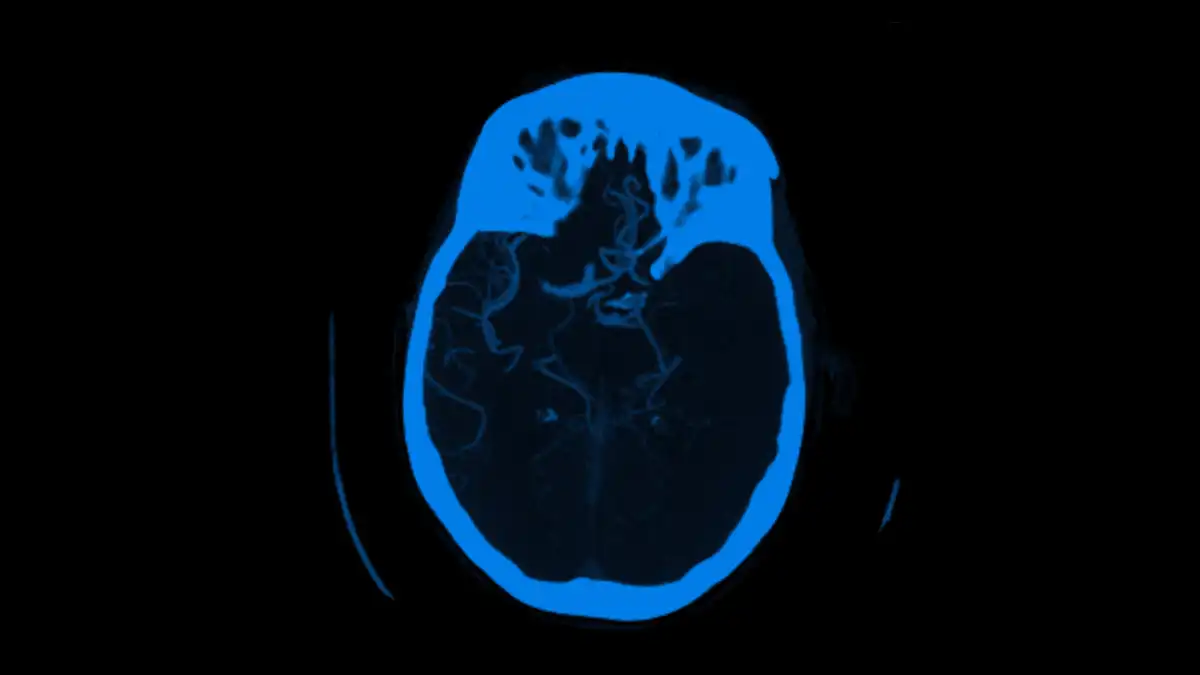
Viz™ LVO
Artificial Intelligence Detection of Cerebrovascular Large Vessel Occlusion –...
Background Prompt and accurate identification of Large Vessel Occlusion (LVO) for Acute Ischemic Stroke (AIS) by CTA is essential for...
Jan 30, 2019

Acute stroke caused by large vessel occlusions (LVOs) requires emergent detection and treatment by endovascular thrombectomy. However, radiologic LVO detection and treatment is subject to variable delays and human expertise, resulting in morbidity. Imaging software using artificial intelligence (AI) and machine learning (ML), a branch of AI, may improve rapid frontline detection of LVO strokes. This report is a systematic review of AI in acute LVO stroke identification and triage, and characterizes LVO detection software.
A systematic review of acute stroke diagnostic-focused AI studies from January 2014 to February 2019 in PubMed, Medline, and Embase using terms: ‘artificial intelligence’ or ‘machine learning or deep learning’ and ‘ischemic stroke’ or ‘large vessel occlusion’ was performed.
Variations of AI, including ML methods of random forest learning (RFL) and convolutional neural networks (CNNs), are used to detect LVO strokes. Twenty studies were identified that use ML. Alberta Stroke Program Early CT Score (ASPECTS) commonly used RFL, while LVO detection typically used CNNs. Image feature detection had greater sensitivity with CNN than with RFL, 85% versus 68%. However, AI algorithm performance metrics use different standards, precluding ideal objective comparison. Four current software platforms incorporate ML: Brainomix (greatest validation of AI for ASPECTS, uses CNNs to automatically detect LVOs), General Electric, iSchemaView (largest number of perfusion study validations for thrombectomy), and Viz.ai (uses CNNs to automatically detect LVOs, then automatically activates emergency stroke treatment systems).
AI may improve LVO stroke detection and rapid triage necessary for expedited treatment. Standardization of performance assessment is needed in future studies.
Researcher:
Dr. Nick Murray
Publication:
Journal of NeuroInterventional SurgeryDate Published: October 8, 2019
Oct 08, 2019